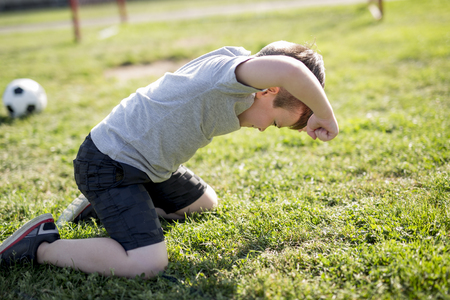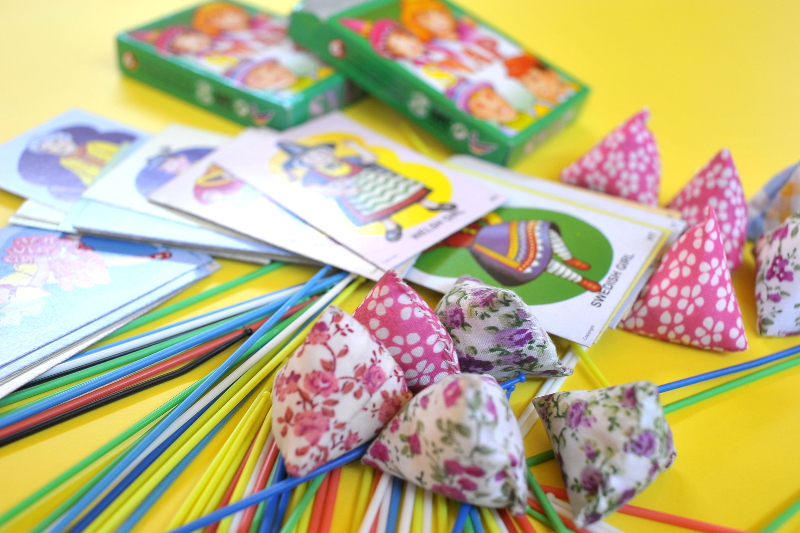A behavioural crisis is difficult anywhere. It can be exceptionally challenging to handle in public. But first, it is important to understand the clear distinction between a tantrum and a meltdown, in order to address meltdowns more efficiently.

Tantrums vs Meltdowns: What’s the Difference?
A trait of a tantrum is that the behaviour will usually persist if the child gains attention for his or her behaviour, but will subside when ignored.
When children throw a tantrum, they are still capable of attuning the level of the tantrum based on the feedback they receive from adults around them. When the child gets his demands met or realises that his outburst will not result in getting his way, the tantrums will eventually resolve.
On the other hand, a meltdown is when the child loses control over his behaviour and can only be calmed down with the help of his caregiver, or when he reaches the point of exhaustion.
Meltdowns are reactions to feeling overwhelmed and are often seen as a result of sensory overstimulation. Likewise, tantrums can also lead to meltdowns. Hence, it is crucial for caregivers to adjust to their child’s sensory signals, in order to manage their behaviours appropriately.
One of the best strategies to managing a meltdown is prevention. Like any behavioral crisis, we try to prevent it from happening to reduce stress on the child and caregiver. A child is more likely to have good behaviour if he or she clearly understands what’s expected.
If you have a child with special needs and planning to bring him or her out, here are useful pointers to note.
1) Know your child’s signs of distress
Knowing your child’s signs of distress will greatly help in preventing a meltdown if you removed those triggers as soon as you can.
For instance, when my student puts his hands over his ears to cover them or display an increase in his self-stimulatory behaviours (i.e. rocking, humming, hand flapping, self-injurious behaviour like biting his own hand), I know that these signs are possible indicators that he is quickly becoming overstimulated and needs help before reaching the point of meltdown.
2) Start small
You may be keen to bring your child to the mall and have a list of activities planned out. Before you do that, it is best to start with something small and manageable first. Then gradually increase the outing hours, after each successful trip outside.
For example, when going to the supermarket, buy one item and head back. If your child reacts well to this, slowly increase the trip length by buying two items and so on. Taking small steps gives your child assurance and predictability. This helps to manage their anxiety.
3) Plan in advance
If you are planning to bring your child to the mall, do your due diligence to make sure there is no “out of the norm” events (i.e. special festive performance / road shows / or holiday activities) at the mall. Events with loud music and crowd can be a possible trigger to sensory overloading, which may lead to a meltdown.
What To Do When A Meltdown Happens

Even when the planning for the outing is meticulous, there can also be a possibility of meltdown episodes. Here are strategies you can adopt if it happens when you’re in public.
1) Seek a quiet and safe place
If you manage to identify the trigger of the meltdown and attribute it to sensory overloading, leave the place that is causing the overstimulation and move to somewhere quiet and safe. Allowing your child a safe space to calm down will also mean changing the amount of sensory input they are exposed to.
2) Stay calm
Take deep breaths, and take a minute to assess the situation. Meltdowns usually have traceable escalation. Keeping yourself calm ensures that you are not adding to that escalation.
3) Limit the verbal language you use
Speak slowly, softly and calmly. Reduce requests or demands by talking lesser. Avoid saying things like “calm down”, “stop biting”, and “keep quiet”. Instead, demonstrate calming strategies and have your child imitate.
4) Develop a calming routine
Having an effective calming routine for your child can be helpful during a meltdown. Prepare some portable sensory tools that can be used during the calming routine.
Some tools include (but does not limit to): A pair of sunglasses to help with light sensitivity, noise cancelling headphones to block out auditory stimulis, and a fidget toy to help your child regulate. If deep touch pressure massage helps, offer it to your child to help him or her calm down.
If you’re a bystander and observe a meltdown, here’s what you can do:
- Take a step back
When a child is having meltdown, it is advisable to give the child some space. Encroaching into a child’s personal space during a meltdown will likely to increase the child’s anxiety and stress level.
- Assess the situation and ask
Every meltdown episode is unique. Many times, we have to assess the situation and or be aware of the trigger before we can decide what to do. As a bystander, it is best to communicate with the caregiver if possible before taking any action on your own. If the caregiver needs help, they will ask for help.
Having meltdown in public spaces can be challenging and testing for parents of children with special needs. Please know that you are not alone in this and that this will improve and meltdown episodes will decrease slowly with consistent management.
This article is contributed by Yang Ling, associate psychologist, principal therapist and founding partner at The Growing Academy.
* * * * *
Like what you see here? Get parenting tips and stories straight to your inbox! Join our mailing list here.
Want to be heard 👂 and seen 👀 by over 100,000 parents in Singapore? We can help! Leave your contact here and we’ll be in touch.




























































Leave a Comment: